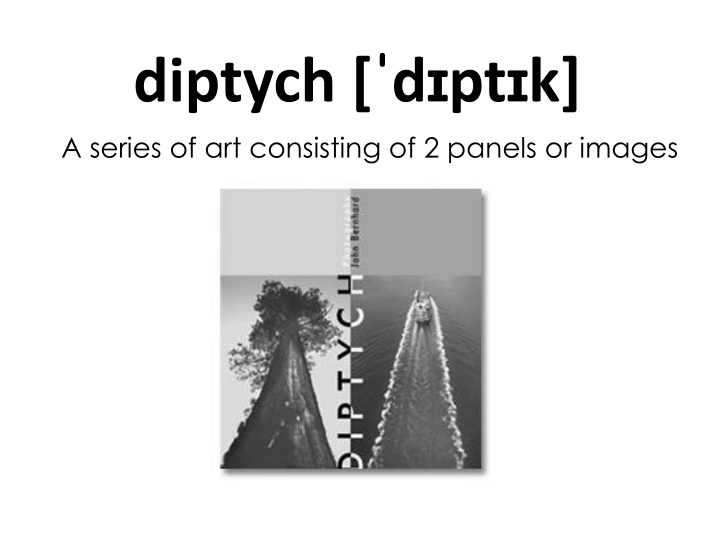
Understanding Film Speed: Importance and Guidelines
Discover the significance of film speed in photography, from ISO numbers to the impact on image quality. Learn why choosing the right film speed is crucial for achieving sharp, high-quality prints. Find out the ideal scenarios for using different ISO ranges, whether for indoor, outdoor, or low-light photography.
Download Presentation

Please find below an Image/Link to download the presentation.
The content on the website is provided AS IS for your information and personal use only. It may not be sold, licensed, or shared on other websites without obtaining consent from the author. If you encounter any issues during the download, it is possible that the publisher has removed the file from their server.
You are allowed to download the files provided on this website for personal or commercial use, subject to the condition that they are used lawfully. All files are the property of their respective owners.
The content on the website is provided AS IS for your information and personal use only. It may not be sold, licensed, or shared on other websites without obtaining consent from the author.
E N D
Presentation Transcript
diptych [dptk] A series of art consisting of 2 panels or images
Project Focus: 2 images must relate. They will be matted together either VERTICALLY or HORIZONTALLY. You can do this through: Theme Composition Repeating an Element of Art
What is Film Speed? Film speed is based on an ISO number. ISO is short for International Standards Organization, the group that set the standard. The most commonly seen are ISO 25 to 3200. The lower the ISO number, the less sensitive the film is to light. It takes longer to expose film that is ISO 25 than film that is ISO 100.
Film with a low ISO number, from 25 to 50, is said to be slow film because of the slower shutter speeds required to photograph when using them. Film with an ISO from 64 to 200 is called medium speed film Film with a rating of ISO 320 or higher is often referred to as fast film because it can allow for faster shutter speeds under less than ideal conditions.
Why use a slower film? The resulting prints or slides are exceptionally sharp. Graininess is least apparent in pictures taken with a low ISO number film, that is properly exposed in good lighting conditions. By choosing the slowest film suitable for your photography, you can get the best possible prints. The rule of thumb for most snapshot-type photography is that you should use ISO 100 film for pictures taken indoors with a flash or outdoors in bright light. ISO 200 film is for general purpose photography with a mix of flash and available light ISO 400 is for sports or low light pictures without a flash.
